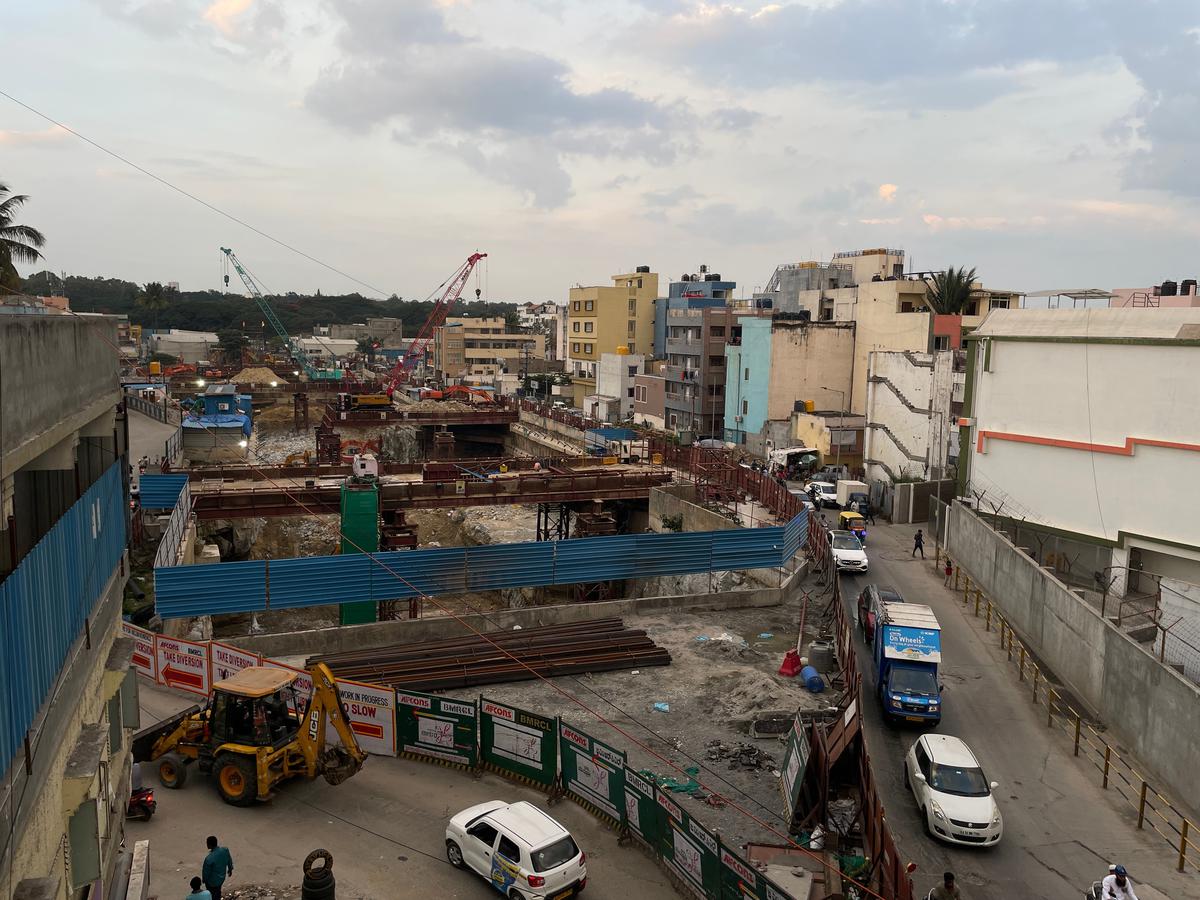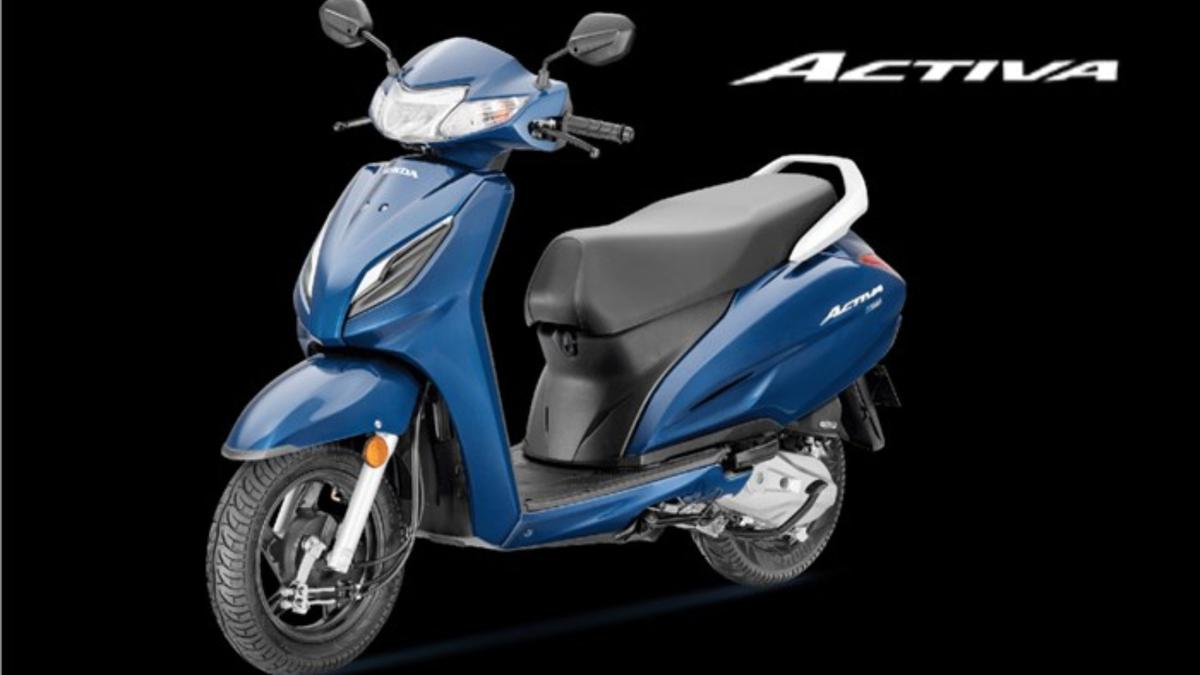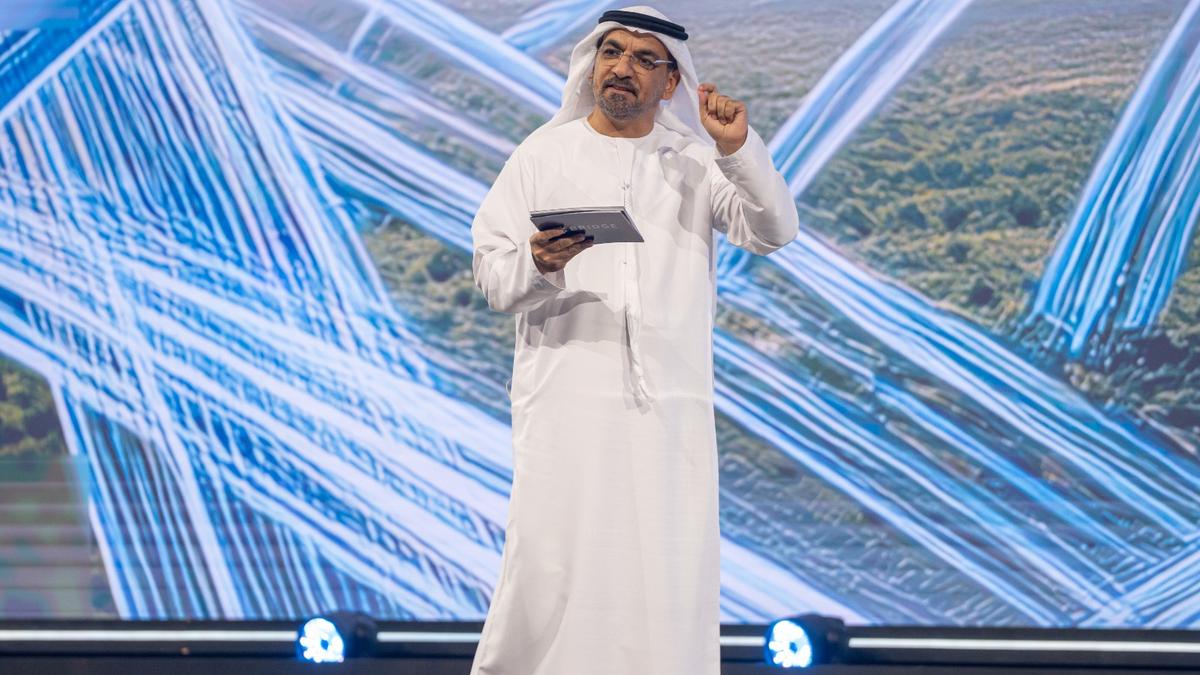Officials shocked to find buckets, chappals, decayed bone 33 feet below the surface. More than four decades ago the area used to be granite quarry
Officials shocked to find buckets, chappals, decayed bone 33 feet below the surface. More than four decades ago the area used to be granite quarry
Rudra, the tunnel boring machine (TBM) of Namma Metro project, is stuck for a reason that officials could never have anticipated. It has hit, not a hard rock, but a massive pile of garbage.
Like other tunnel boring machines that have been deployed for building a tunnel network of 14-km under phase II of Namma Metro from Dairy Circle to Nagawara, Rudra too was working fine after successfully starting its journey from Dairy Circle towards Lakkasandra.
But a few weeks ago, officials noticed that the machine was unable to carry out drilling work as it encountered unusual hurdles. The staff, who took a peek through the cutter heads of the machine, were in for a shock. They found a huge garbage pile blocking the way of the giant machine. This was at a depth of 33 feet from the surface.
“Instead of rocks or other geological features, our staff found garbage in front of the machine. All were shocked to find garbage in the bowels of the earth. In Bengaluru, tunnel works have faced various challenges because of geographical challenges but facing garbage as a hurdle is unheard of,” said the MD of the BMRCL Anjum Parwez.
A photo collage representation of the TBM encountering a pile of garbage.
Dumping site
After much deliberation, they found out that, decades ago, the State government had permitted quarrying in the area. Over the years, private owners, who had properties adjacent to quarry, also started illegal quarrying. “Later, the then civic agency converted the quarry land to a dumping site. Subsequently, people who owned the property started covering the dumping site with debris and sand. They have even sold many properties. On the same land many makeshift structures have come up over the years,” explained Mr. Parvez.
The official said that as per the assessment made by the officials, the garbage dump extends to about 35 metres from where the machine is stuck. BMRCL has started taking all required safety measures including shifting of marble shops and others establishments located near the site.
Chappals, bags, tyres, bones found
Hegga Reddy, executive director of the BMRCL supervising the tunnel work project, recalled the shock of the discovery. “We found plastic buckets, tyres, bags, disintegrating bones. With great difficulty, the machine drilled through about 6 meters. But as it proceeded, the magnitude of the problem became obvious as it encountered a huge pile of garbage. Then we started drilling holes and to see how long the pile extended. Meanwhile, some people informed us about the granite quarrying activities here decades ago. Satellite images suggested the granite quarry was active even before the 1980s.”
The official said that another tunnel boring machine is drilling in the opposite direction and has not faced any problem.
No records of quarry
The BMRCL officials said when soil testing was carried out as a prerequisite prior to carrying out civil works, the presence of quarry land was not detected. “There were no records available about this quarry land. More than four to five decades ago, this area could have been the peripheral area of the then core Bengaluru area,” said an official.
The road ahead for Rudra
BMRCL has found a technical solution to continue the tunnel work, which is currently stuck owing the garbage pile found in the path.
In the coming days, through piling works, garbage will be excavated and replaced with concrete mixtures. The area will be converted to a concrete block with 250 to 300 piles. The machine will cut through the concrete block. However, this will mean a delay of at least three months.
BMRCL has already requested 20-odd shops and commercial establishments to relocate to the other places on a temporary basis. The garbage problem will escalate the tunneling cost as the BMRCL will compensate the shop owners for removing their structures, piling works and others.
“However, it is unlikely to have a major impact on completion of the project as the Kalena Agrahara – Nagawara line is expected to be completed by 2025. We will take all measures to expedite the work after fixing the problem,” said Mr. Parwez.
A marble shop owner said, “We have been running our business for over twenty years. Recently, metro officials informed us that tunnel work faced a problem and as a safety measure we have to relocate. We have agreed and also put up banners informing our customers about shifting the shop to a new location nearby.”






